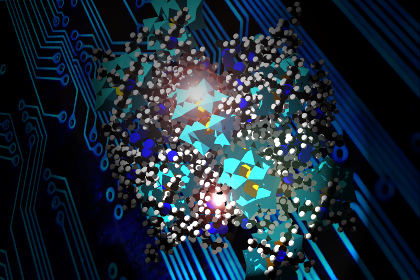A
A
A
San serif
Serif

New molecules could be the key to solving a looming problem with flash memory storage, researchers say in a new report published in the journal Nature.
Flash memory is a popular form of electronic data storage commonly used in devices such as smartphones, cameras and memory sticks. However, there is a physical limit to the minimum size of the current design of data cells, which currently use metal-oxide-semiconductor (MOS) components. These are difficult to manufacture at a scale below 10 nanometres, effectively setting an upper limit on the amount of storage it is physically possible to fit onto conventional silicon chips.